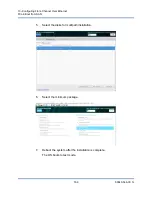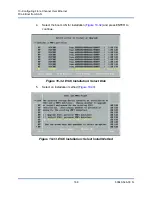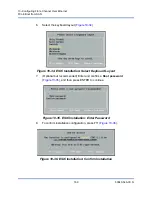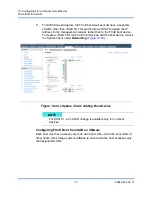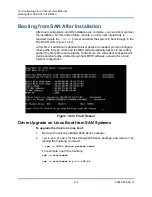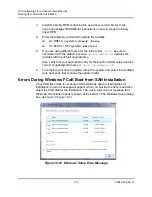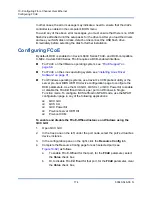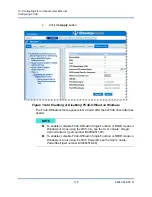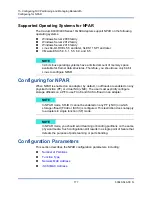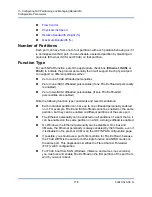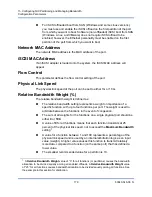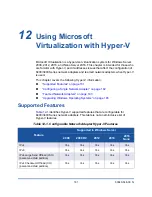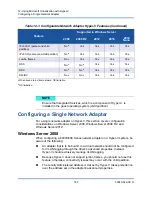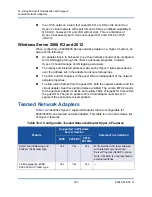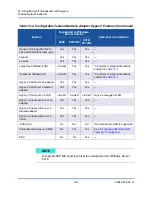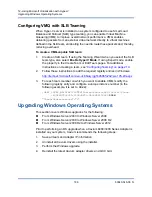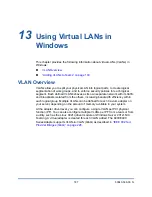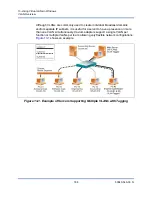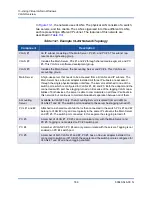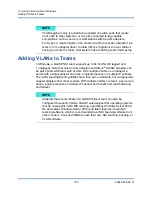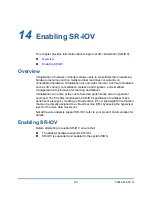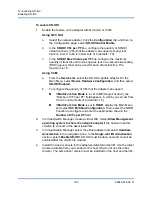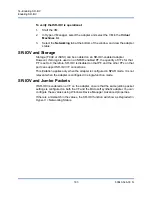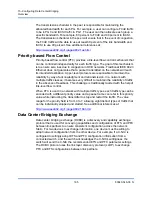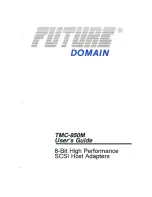
11–Configuring NIC Partitioning and Managing Bandwidth
Configuration Parameters
180
83840-546-00 N
Maximum Bandwidth (%)
The maximum bandwidth weight is defined as:
The maximum bandwidth setting defines an upper threshold value, ensuring
that this limit is not exceeded during transmission. The valid range for this
value is between 1 and 100. The maximum bandwidth value is defined as a
percentage of the physical link speed.
It is possible for the sum of all maximum bandwidth values across the four
functions of a single port to exceed the physical link speed value of either
10Gbps or 1Gbps. This case is called
oversubscription
. If oversubscription
congestion occurs on transmit, the
Relative Bandwidth Weight
value
comes into effect.
The
Maximum Bandwidth
setting is only valid in the context of TX, but not
RX.
Example Bandwidth Configuration
Four functions (or partitions) are configured with a total of six protocols, as shown
in the following.
Function 0
Ethernet
FCoE
Function 1
Ethernet
Function 2
Ethernet
Function 3
Ethernet
iSCSI
If
Relative Bandwidth Weight
is configured as “0” for all four PFs, all six offloads
will share the bandwidth equally. In this case, each offload is assigned roughly
16.67 percent of the total bandwidth.
If
Relative Bandwidth Weight
is configured as “25” for all four PFs, Ethernet and
FCoE offloads on function 0 and Ethernet and iSCSI offloads on function 3 are
assigned roughly 12.5 percent of the total bandwidth, whereas Ethernet offloads
on function 1 and function 2 are assigned roughly 25 percent of the total
bandwidth.

